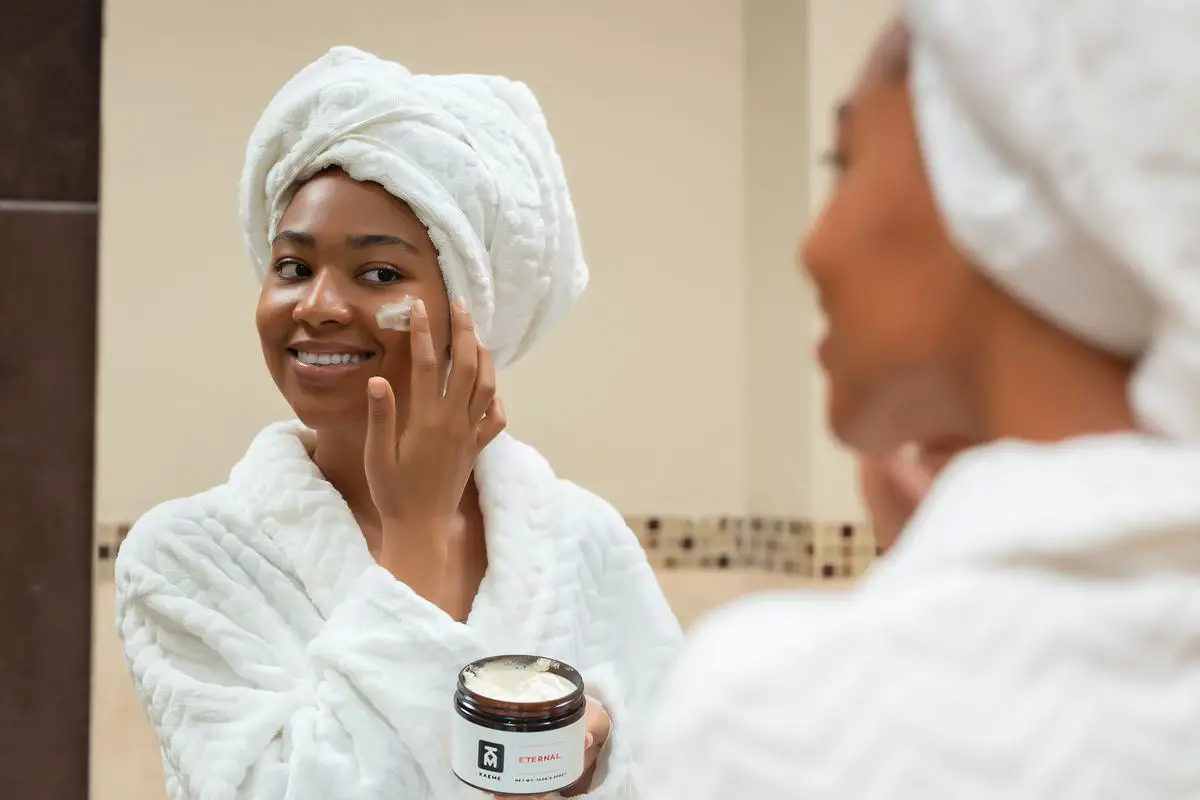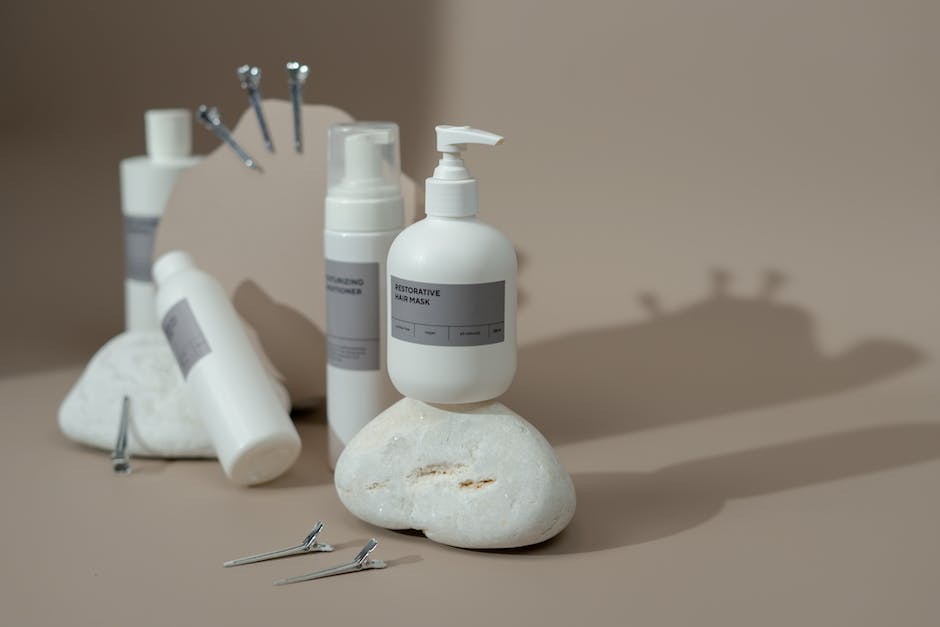From time immemorial, Shea butter, an extract from the Karite tree native to West Africa, has been revered for its exceptional properties in enhancing hair and skin health. Despite its high-profile usage in the cosmetic industry, understanding how it can be applied effectively to care for African hair is crucial. This exploration encapsulates the origins, properties, and benefits of Shea butter and spotlights why it is an apt match for African hair care. Alongside a comparative analysis with other natural hair products, this investigation delves into the nutrients Shea butter offers to the hair and scalp. The necessity of comprehensive understanding is complemented with the know-how of employing Shea butter via varied techniques, optimized according to diverse hair types and styles. Tailored to personal preferences and requirements, a gamut of do-it-yourself Shea butter hair care recipes invite enthusiasts to a self-curated, healthy hair journey.
Understanding Shea Butter
Understanding Shea Butter: The African Gold.
Shea butter, also known as African Gold, is a natural product derived from the seeds of the Vitellaria Paradoxa tree native to West Africa. This off-white butter is traditionally used in cooking, medicine, and especially in skin and hair care. Its key components include oleic acid, stearic acid, linoleic acid, palmitic acid, and arachidic acid, all contributing towards its nourishing and moisturizing abilities.
Shea Butter: A Perfect Fit for African Hair Care.
Shea butter stands out among other natural hair care products due to its ability to provide deep nourishment and hydration. African hair can lean towards being dry and brittle due to its coily structure, which makes it difficult for natural oils to move from the scalp to the ends of the hair strands. Shea butter, however, helps to combat this dryness and provide much-needed moisture. Its fatty acids and vitamins nourish and seal in moisture, making it an ideal solution for minimizing hair breakage and promoting hair growth.
Nutrient-Rich Shea Butter: Providing Health to Hair and Scalp.
Packed with vitamins A and E, Shea butter provides nutrients that maintain a healthy scalp and thereby promote hair growth, providing necessary nourishment to the hair follicles. Vitamin E in Shea butter helps protect your hair from harmful oxidative stress while Vitamin A helps in producing healthy sebum, preventing dryness and dandruff. It also has anti-inflammatory properties which help to reduce scalp irritation.
Shea Butter Vs. Other Natural Hair Products.
Unlike many other natural hair oils and butters, Shea butter is non-comedogenic, meaning it won’t clog your pores. It is also hypoallergenic, decreasing the chance of experiencing an adverse reaction when used. Moreover, Shea butter does not just offer fleeting surface-level hydration. Instead, it penetrates the hair shaft, offering deep conditioning and improved hair texture. It also acts as a natural sunscreen, providing some protection against UV rays.
In conclusion, Shea butter, due to its properties and origin, becomes an impressive natural solution for African hair care. It provides essential nourishment, hydration, and protection for the hair, making it stand out among its counterparts.

Photo by hellokaeme on Unsplash
Application Techniques
Understanding the Benefits of Shea Butter
Shea butter is a natural product that is incredibly effective in moisturizing and nourishing African hair types – from tight coils to loose waves. It’s high in fatty acids and vitamins, which promote hair growth by nourishing the hair follicles, and it helps soothe dry, itchy scalp. Shea butter also acts as a natural sunscreen, protecting your hair from harmful sun damage.
Different Styles and Hair Types
Shea butter application techniques can differ depending on the specific hair type and style. For loose and wavy hair types, shea butter can be directly applied onto wet or damp hair after washing. For tight coils and kinky hair types, shea butter may work best when used in conjunction with other moisturizing products or applied as part of a twist or braid out process.
Best Practices for Shea Butter Application
Shea butter should ideally be applied to freshly washed and conditioned hair for maximum absorption. It’s recommended to section your hair and apply a small amount of shea butter to each section from root to tip. Ensure to concentrate on the ends of your hair, which are the oldest and generally the most dry and brittle parts. A good practice is to finger-comb to distribute the butter throughout your hair evenly.
Frequency of Use
The frequency of shea butter application typically depends on your specific hair needs. If you have particularly dry hair, daily application may provide the best results. For others, applying shea butter every other day or a few times a week may suffice. Always pay attention to how your hair responds and adjust your routine accordingly.
Combining Shea Butter with Other Products
Shea butter can be effectively combined with other hair care products. For example, mixing shea butter with your favorite essential oils, like lavender or peppermint, can add more nourishment and provide a pleasing scent. Additionally, combining shea butter with herbal infusions or other natural oils like coconut or jojoba oil can enhance its moisturizing effects.
Potential Pitfalls of Shea Butter Application
While shea butter is generally safe to use, some people may experience an allergic reaction. Therefore, a patch test on your skin prior to full application is recommended. Also, overuse of shea butter may lead to product buildup and hinder hair health and growth over time. Remember, a little shea butter goes a long way. Lastly, be sure to store your shea butter in a cool, dry place to maintain its freshness and effectiveness.

Photo by onne on Unsplash
DIY Shea Butter Hair Care Recipes
Preparation of Basic Shea Butter Hair Mask
Making a Shea butter hair mask is relatively simple and begins with the process of melting the Shea butter. Begin by taking 2 tablespoons of raw, unrefined Shea butter and place it into a double boiler. If you don’t own a double boiler, you can fashion one yourself by placing a smaller pot or heat-safe bowl inside a larger pot filled with water. Heat the larger pot over medium heat until the Shea butter melts completely.
After the Shea butter has melted, remove it from the heat and wait for it to cool until it’s warm but not hot. Now, add 1 tablespoon of coconut oil and stir the mixture well. Gradually add half a cup of aloe vera gel while stirring steadily to make a smooth, homogenous mixture.
Once your mask is ready, apply it to washed and towel-dried hair, concentrating on the lengths and ends. Then cover your hair with a plastic cap or warm towel and wait for an hour before rinsed it off with warm water.
Adding Essential Oils to Shea Butter Hair Mask
Many essential oils have properties that can complement Shea butter in nourishing your hair and scalp. Two popular essential oils for hair care are peppermint oil and lavender oil.
Peppermint oil has a refreshing aroma and can help stimulate blood flow to the scalp, promoting hair growth. Lavender oil is known for its calming scent and has properties that could possibly help reduce hair loss.
To add these essential oils, start by adding 6 drops of peppermint oil and 6 drops of lavender oil to the cooled Shea butter mixture. Stir well to make sure the oils are evenly dispersed. Apply the mask to your hair as mentioned above.
Alternatives to Coconut Oil
Using different types of oils can give the Shea butter mask distinct benefits. Jojoba oil works well for those with oily hair as it’s less greasy compared to other oils. If you have dry or brittle hair, sweet almond oil is a good alternative as it’s known to strengthen hair and provides luminous shine.
You can substitute the coconut oil with an equal amount of either jojoba oil or sweet almond oil, depending on your needs.
Adjustments for Different Hair Types
Different hair types may react better to different Shea butter hair care recipes. For example, if you have oily hair, it would be better to reduce the amount of Shea butter and include more aloe vera gel. If your hair is dry, you may want to increase the amount of Shea butter or include a teaspoon of honey in your mixture. Honey is a natural humectant and can help retain moisture in your hair.
Always do a patch test before trying a new ingredient or recipe to make sure it works well with your hair and does not cause allergic reactions.
Personal experimentation and adjustment are key steps in creating your own personalized Shea butter hair care products.

Whether you’re striving for healthier hair or dealing with specific hair challenges like dryness or frizz, Shea butter emerges as a natural and efficient solution. Educating oneself about this natural wonder, understanding its properties and learning to apply it appropriately, opens doors to numerous hair health benefits. Adding to the charm, the possibility of personalizing your hair care regimen through various homemade Shea butter recipes optimizes its advantages, as you can control the ingredients and experiment to suit your hair needs. Backed by potent nutrients and universal acceptance, Shea butter remains an ideal choice not only for African hair care but also for anyone seeking to enhance their hair’s health naturally.

Leave a Reply